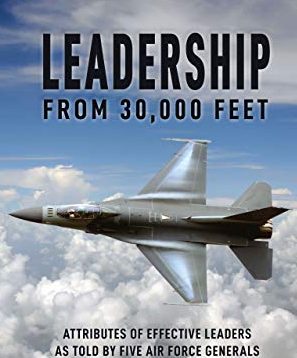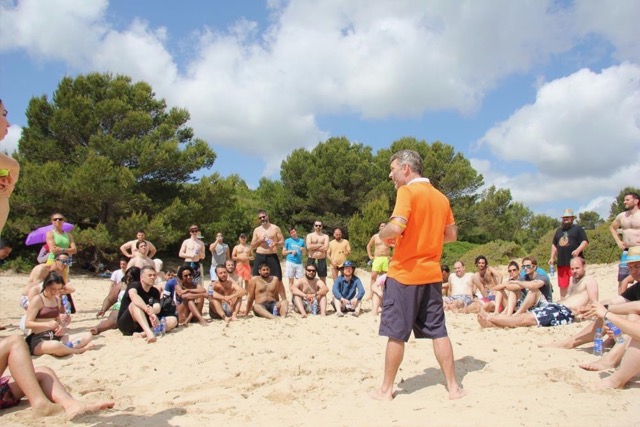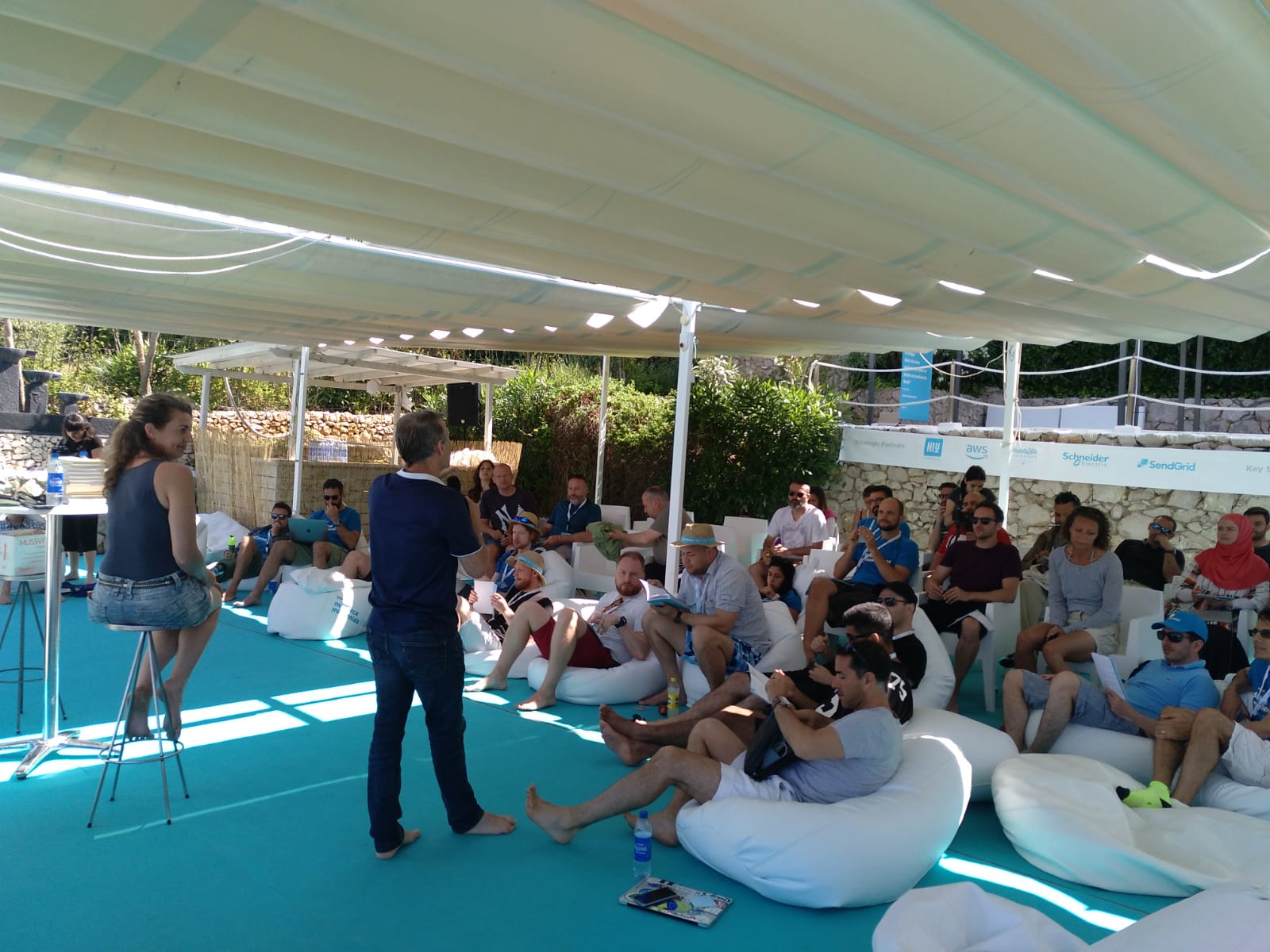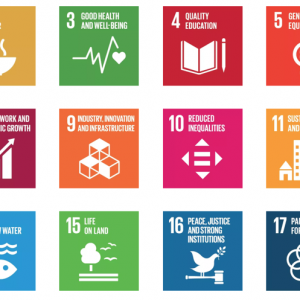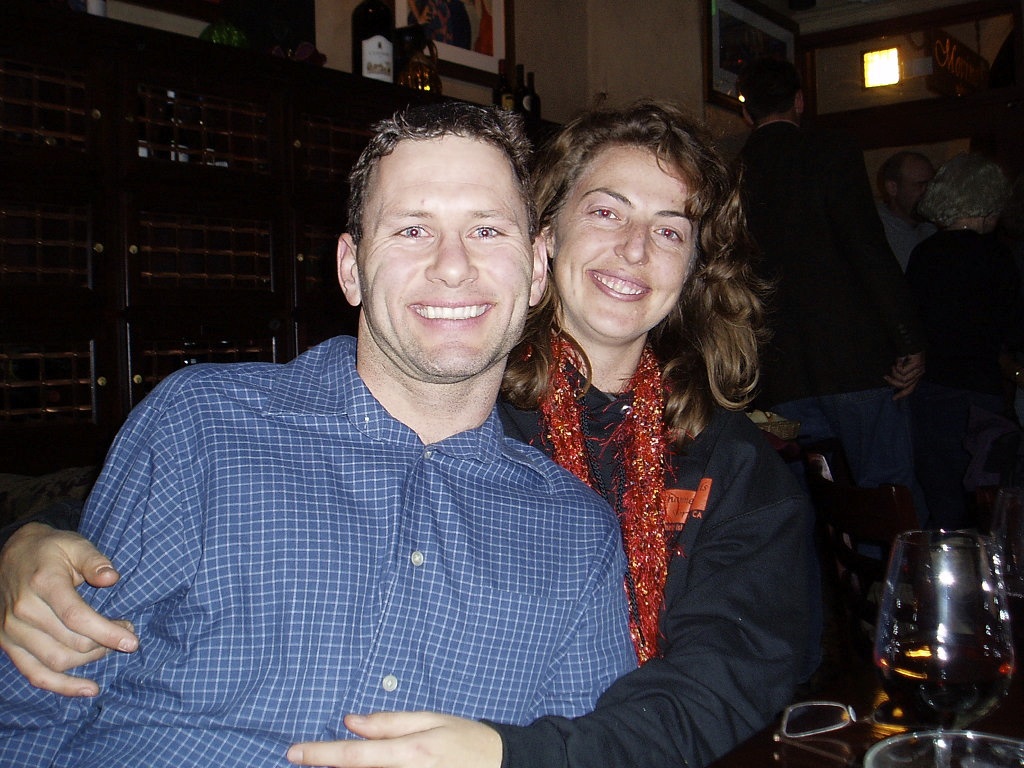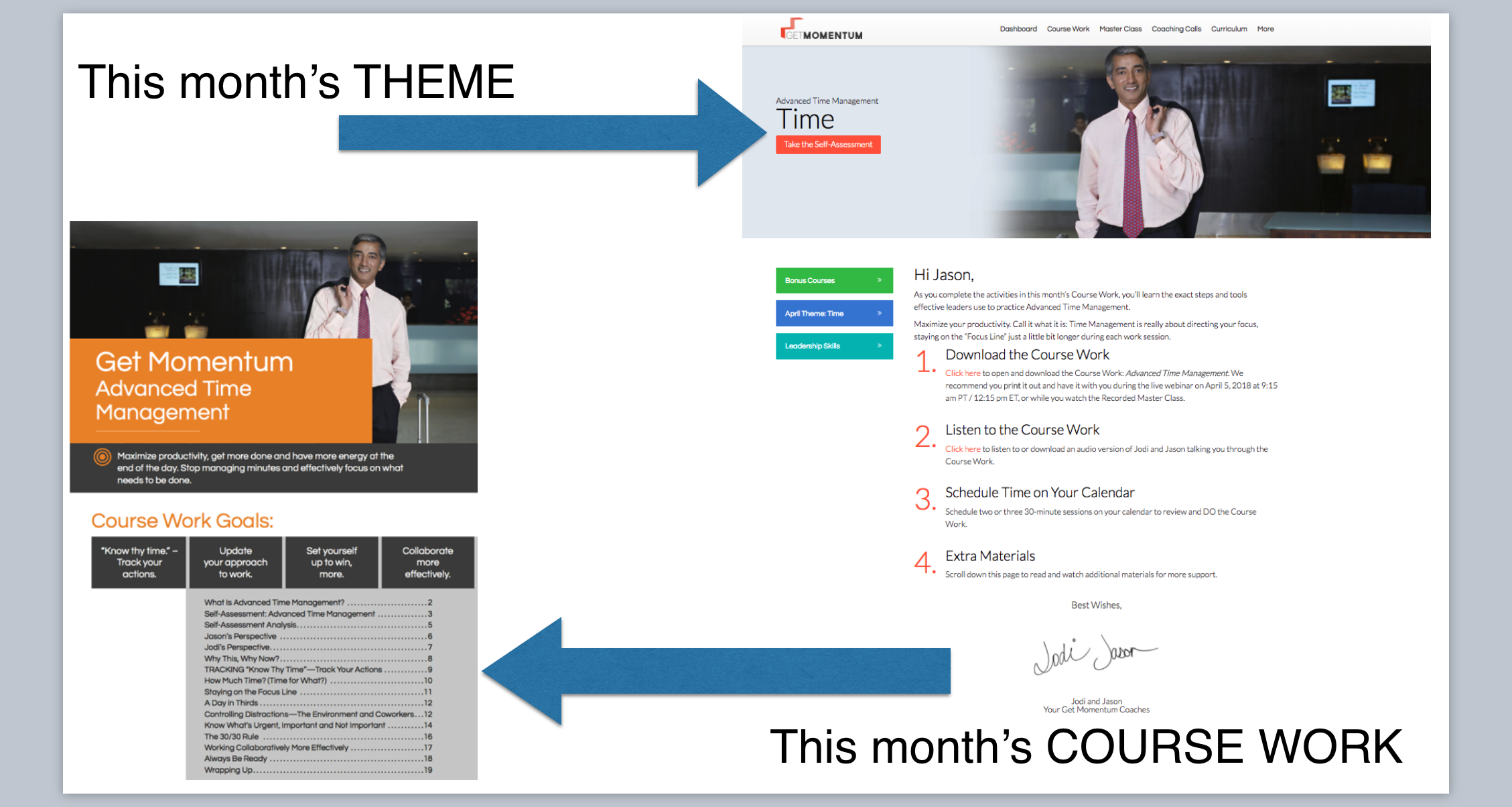When you think about the future, what comes to mind? Do you start with work and go to life? Do you start with family and then go to career?
Can you imagine your work/life a year from now?
Can you “image-in” experiences you hope are on the way and (perhaps) even plausible surprises that could show up? This is NOT “wishful” thinking. It’s your chance to direct your thoughts and energy toward what will change your future.
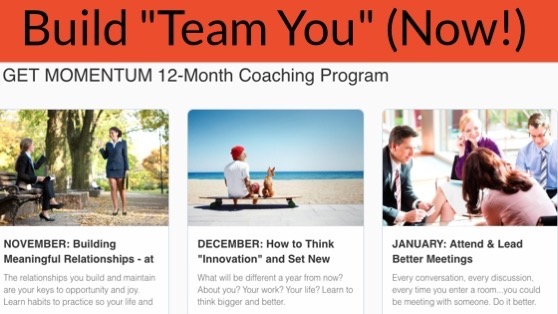
There’s a secret to getting (more of) what you want from your life and your work.
It’s not a secret because it’s hard to learn or because no one wants you to know it. It is a secret because you just haven’t heard it put this way before. If you want your life to be different, there’s just one thing you need to do:
Organize Your Contacts
In just a moment, I’ll coach you to arrange the group of 10-25 people you talk with the most into three distinct categories.
(If you just can’t wait, and want to see the video, just click here.)
No one person is enough for you to build a future that’s bigger and better than the present. Look around, there are people you spend time with today that you didn’t know 5 years ago. Your life looks what it looks like today BECAUSE OF the people you spend more (or less) time with.
Your network (in person, online AND in print) is there to inform, influence and support you as you engage in the actions required to make progress on your goals big and small. The people you spend time with, the communities you’re a part of on the Internet and the books you read and magazines you subscribe to will all come together for you if…
…IF you know where you’re heading!
To get you started, open your notebook and do some visionary writing. Here are my favorite THREE prompts that I use in my coaching with executives, leaders and managers worldwide…
60 months from today…
Open to a blank page of your notebook, set a timer for 15 minutes (here), and respond to this prompt by writing 500-700 words:
“Over the next 5 years, in my roles as _______, ________, and _______ I want to be known for …”
I challenge you to go year-by-year as you do this:
- 2019
- 2020
- 2021
- 2022
- 2023
Think about your work, your life, your community, your family and - of course - your age.
Write, and Write, and WRITE some more!
52 weeks from today…
For this next exercise, I suggest you use 12-24 note cards (the 3X5 ones you used in college!). One note card for every 2-4 weeks over the next year. (Oh, this one might take a. little longer. Set a timer for 30 minutes, and make sure you have your CALENDAR handy!)
When I do this, I line up the 24 cards in order of the next year. Then, I “challenge” myself to write down AT LEAST 3 bullet points (ideas, projects, goals, ideas, etc) on EVERY card.
Here’s the prompt you can use:
What do I ALREADY know is on the way that I’d like to spend ENOUGH time thinking about, working toward or managing with grace and ease?
Over the next 48 hours…
No matter what day you’re reading this (or watching the video at the bottom of this post), you’re going to be doing something, somewhere, spending time with SOMEone within a couple of days.
Here’s your challenge (in just 3 steps):
- Open your calendar and review your time hour-by-hour over the next two days.
- Make a list of EVERYONE you know you’re going to talk or meet with.
- Next to their name, write down ONE thing you could discuss.
As you’re getting ready to take on your next project or step toward a promotion or begin making a work / life change, think about how you can think in those terms. Once you’ve done the thinking about TIME, now it’s time to think about PEOPLE.
THREE kinds of people to share dreams with today
1. The Realist
As you’ll see in the video below, my friends who are realists are there to find the holes in my theories and to test my resolve. I go to them when I need a project edited, or if I want to know what OTHER realists (who I haven’t worked with or met yet) might think about my crazy idea.
The question they ask, “And…do you think you can really do that?”
2. The Visionary
I smile as I write this, “My visionaries are the people who can easily “add a zero” to my thinking. If I tell them I’d like to write a 1,500 word article, they ask me if it could be a 15,000 word booklet. If I share a goal to speak at a conference with 50 people, they challenge me to apply to speak at one with 500. If I plan to enroll another 100 members into the GET MOMENTUM Leadership Academy…you get it.
The question they ask, “And…Have you thought about…?”
3. The Accountability Buddy
Have you ever told someone you’d meet them at the gym? Have you ever asked someone to edit a paper or slide deck you are building? Have you invited someone to enroll in a course or program (like GET MOMENTUM!) with you? If so, you intuitively understand the value of having someone to hold you accountable.
The question they ask, “And… what are you going to do next about that?”
Think about it: The next 60 months are going to go by in a flash. Not convinced? Write down the year 2013 and ask yourself, “How fast have the past 5 years gone?” In order to get to where you’re going, find the three kinds of people to share your dreams with and you’ll go further. Ready?
A VIDEO
More than 100 College Seniors heard about the three kinds of people to share their goals with. If you know of someone who could benefit from thinking this way, please do share this with them!
As you watch that video, leave a comment with YOUR ah-ha or I’m gonna. I’ll check those comments from time to time and add any coaching I can!

